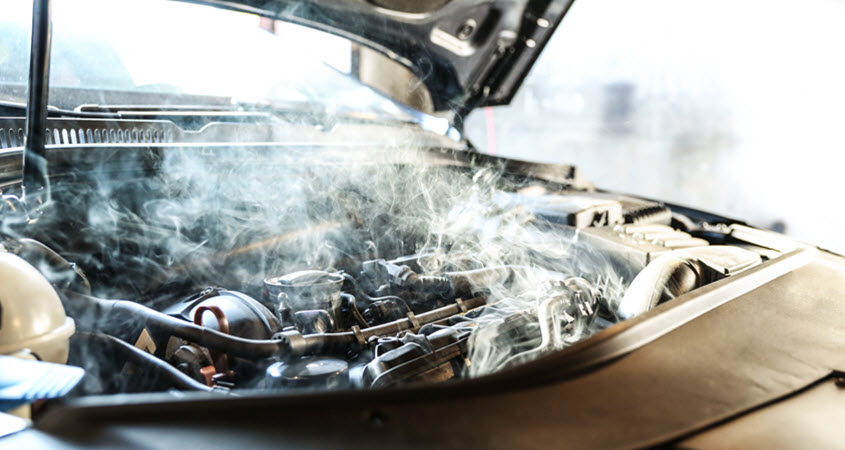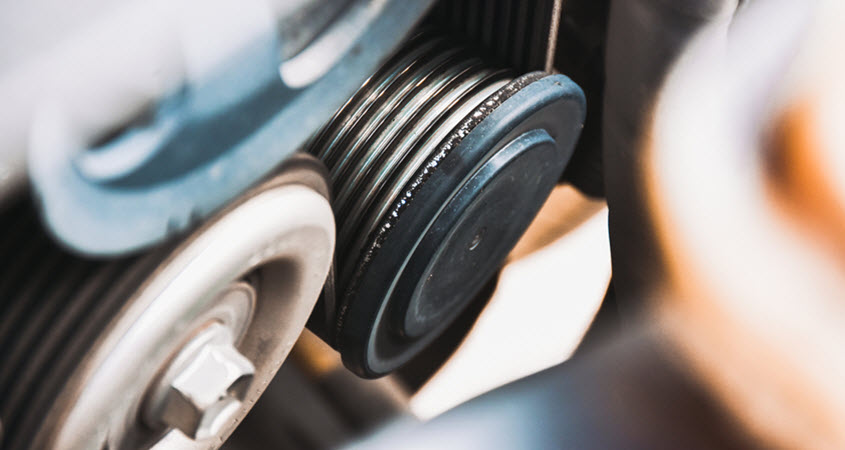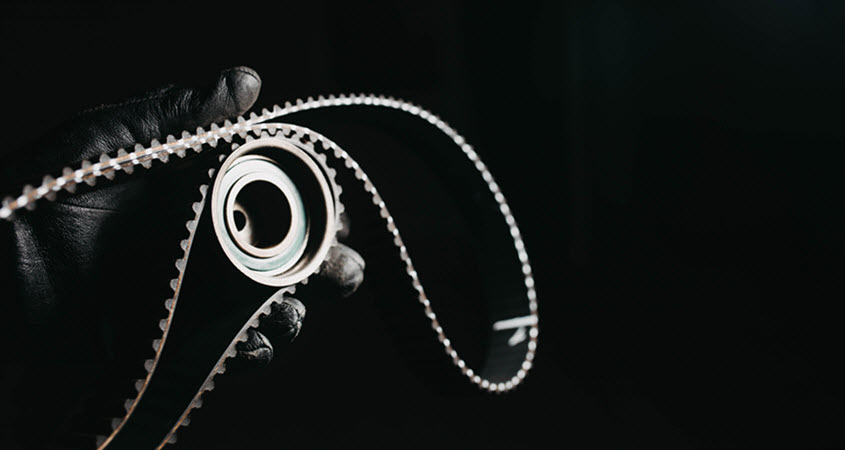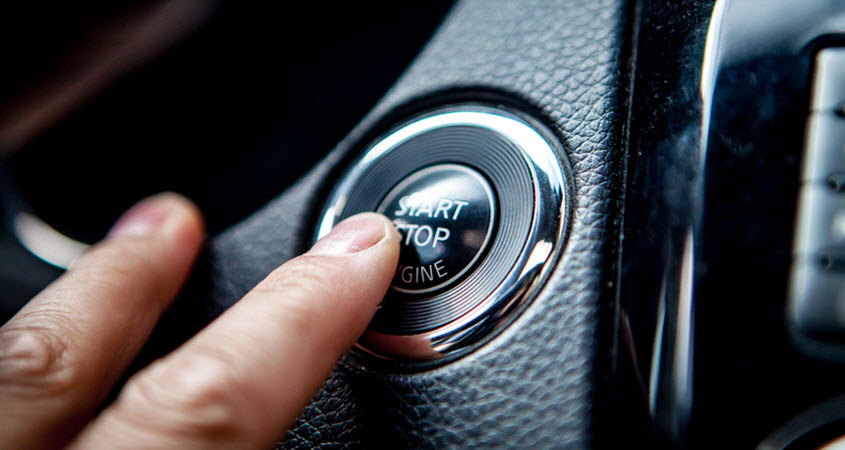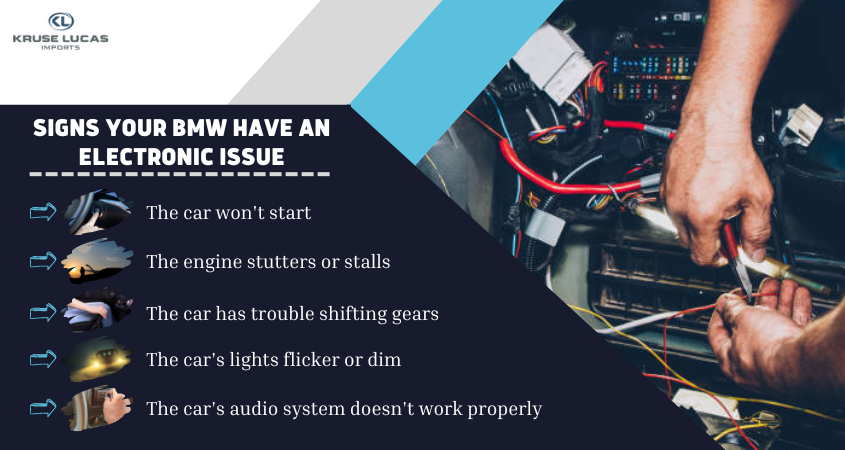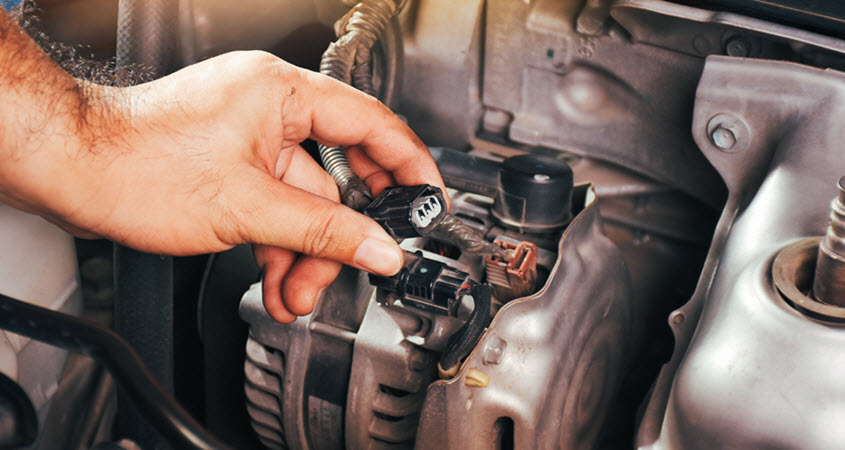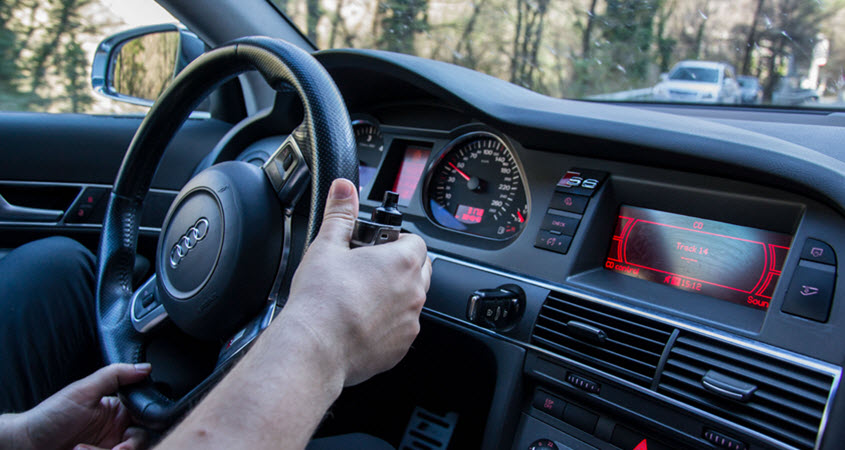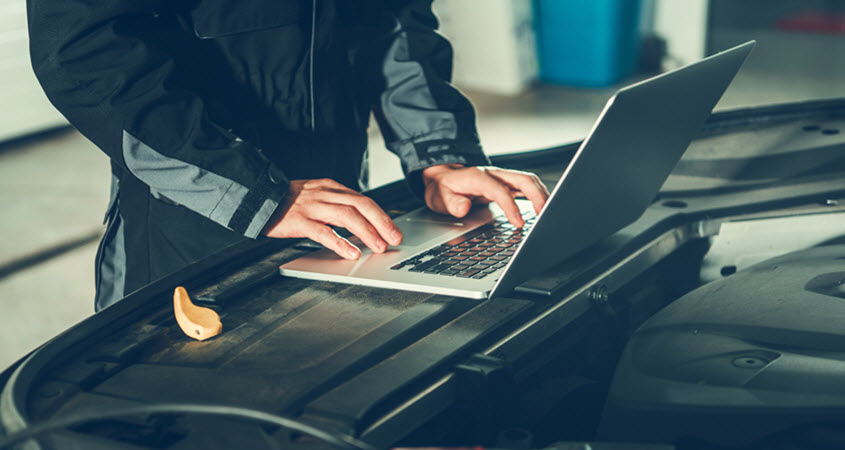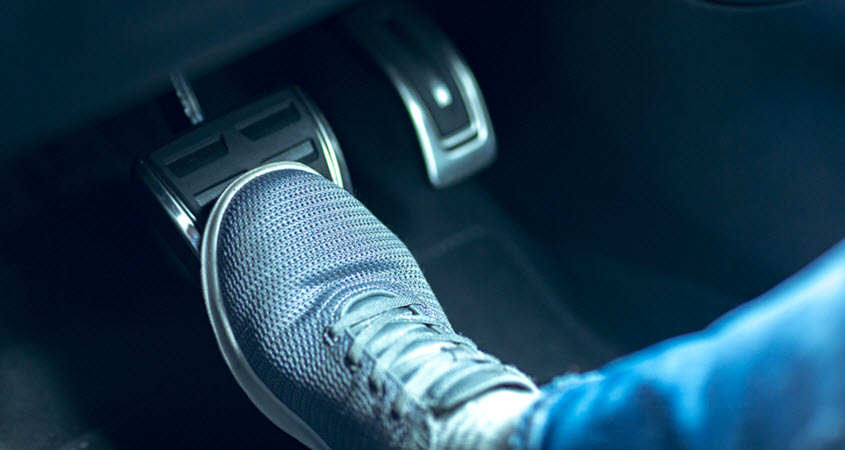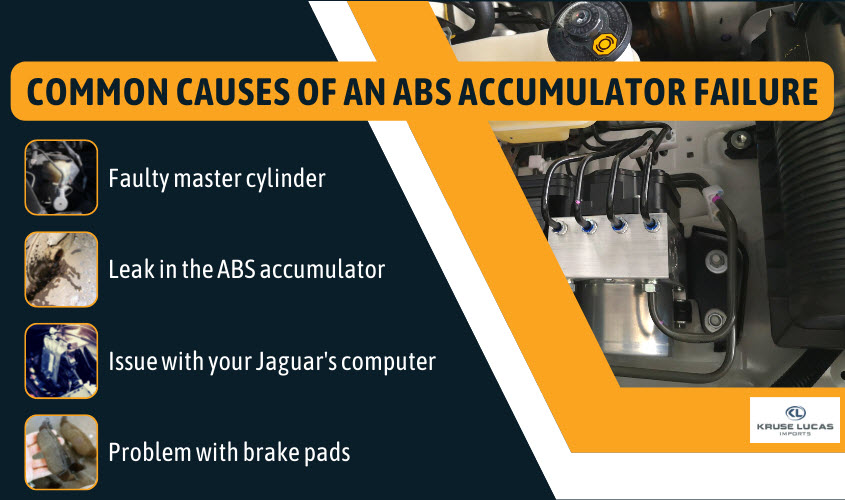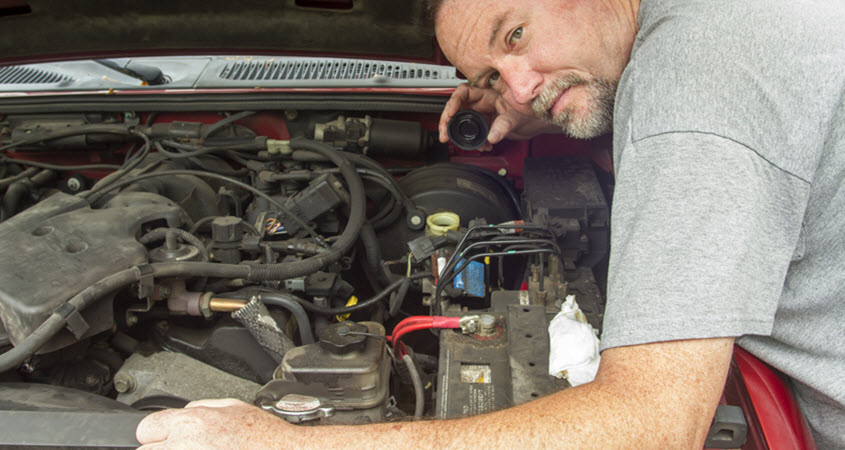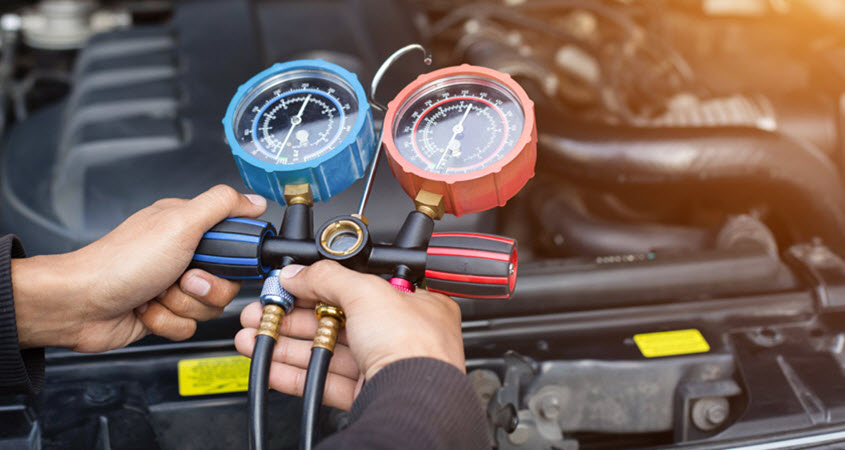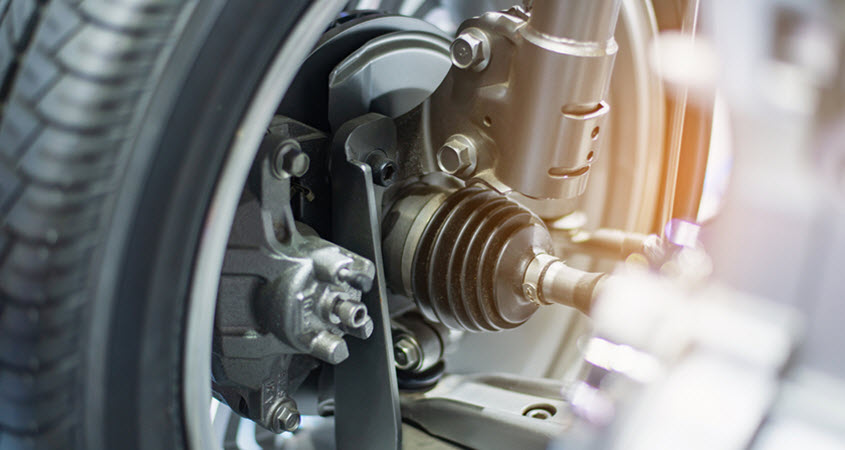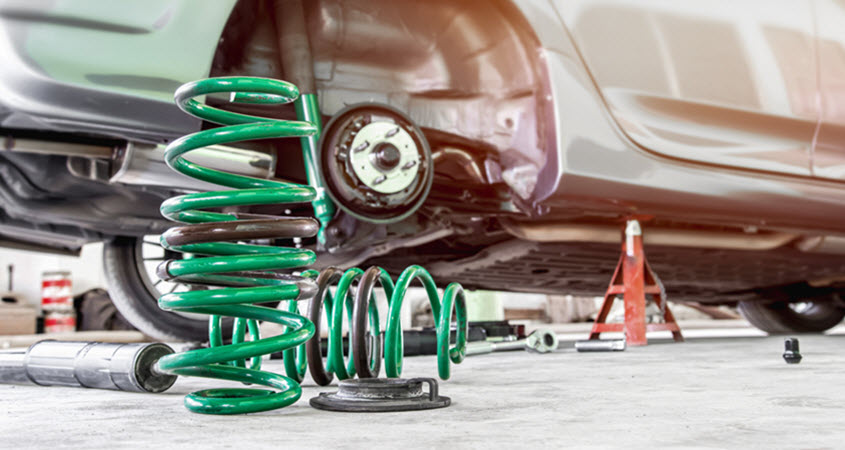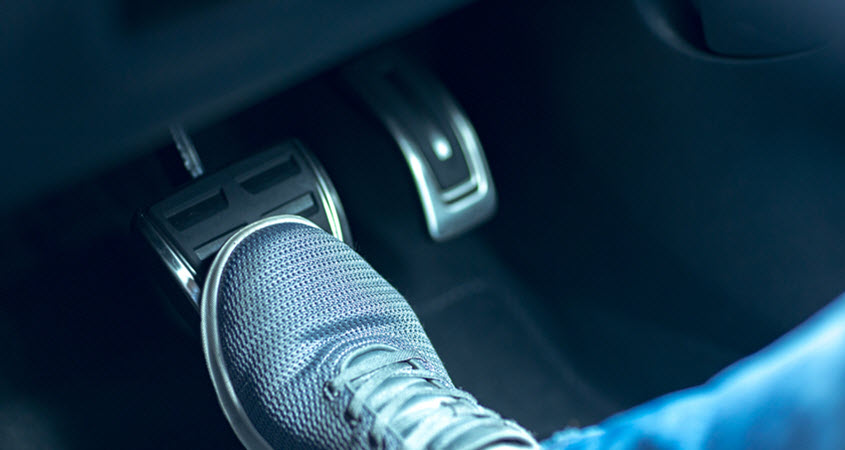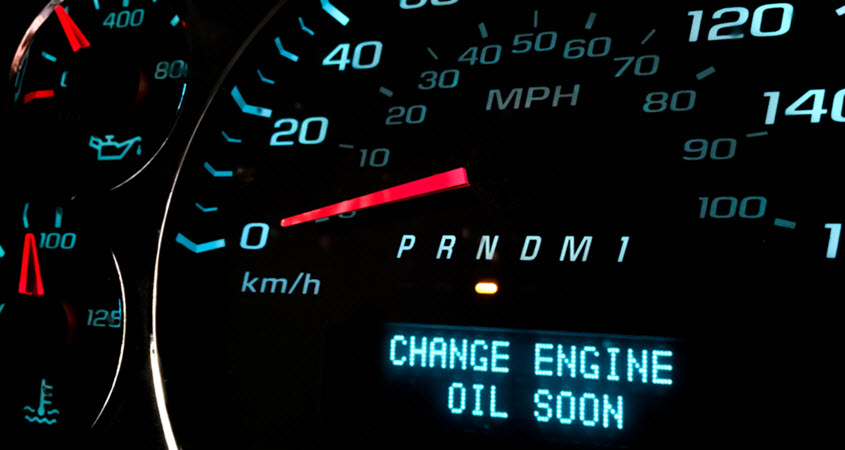The Volkswagen coolant temperature sensor is located in the engine bay, on the lower radiator hose. The sensor monitors the temperature of the coolant and sends a signal to the ECU, or engine control unit. The ECU then uses this information to adjust the fuel mixture and ignition timing. This helps to ensure that the engine is operating at peak efficiency, regardless of changes in outside temperature.
In addition, the coolant temperature sensor can also be used to activate the Volkswagen’s auxiliary cooling fan. This fan helps to keep the engine cool during prolonged periods of operation, such as when driving in stop-and-go traffic. As a result, the coolant temperature sensor is an essential part of a Volkswagen’s cooling system, and if it has problems, it needs to be replaced right away to keep your VW in top condition.
Recognizing the Warning Signs
If the coolant temperature gets too high, the sensor sends a signal to the engine control module, which then activates the cooling system. However, if the coolant temperature sensor fails, it can cause a number of problems. Here are four signs that your Volkswagen may have a coolant temperature sensor failure:
- The engine is overheating – One of the most common signs of a coolant temperature sensor failure is an overheating engine. If your Volkswagen’s engine starts to run hot, check the coolant level and look for leaks in the cooling system. If everything appears to be in order, then it’s likely that the coolant temperature sensor is faulty.
- The check engine light is on – Another sign that your Volkswagen may have a coolant temperature sensor failure is if the check engine light comes on. This light is typically accompanied by a warning message on the dash, telling you to check the engine’s cooling system. If you see this message, it’s important to take your Volkswagen to a qualified mechanic as soon as possible.
- The car runs hot at idle – If your Volkswagen’s engine runs hot when idling but returns to normal operating temperatures when driving, it’s likely that there’s a problem with the coolant temperature sensor. This can cause difficulty starting the engine and decreased fuel economy.
- The car stalls frequently – In some cases, a failed coolant temp sensor can cause your Volkswagen to stall frequently. This usually happens when idling or driving at low speeds. If you experience this problem, it’s important to take your Volkswagen to a qualified mechanic right away so they can diagnose and fix the problem.
Reasons for Problems with a Coolant Temperature Sensor
We’ve discussed that a Volkswagen engine needs to maintain a specific coolant temperature in order to function properly, and the coolant temperature sensor helps to ensure that this is the case. There are several reasons why a Volkswagen coolant temperature sensor might fail.
- The most common reason is simply age. Over time, the sensor can become less accurate, leading to engine problems.
- Another possibility is that the sensor itself is defective. This can be caused by a manufacturing error or physical damage.
- In some cases, the sensor may become dislodged from its position in the engine, resulting in inaccurate readings.
- Finally, coolant leaks can also cause problems for the coolant temperature sensor. If the coolant level drops too low, the sensor will be unable to function properly.
As a result, it is important to keep an eye on your Volkswagen’s coolant level and make sure that there are no leaks. By doing so, you can help prevent problems with your Volkswagen’s coolant temperature sensor.
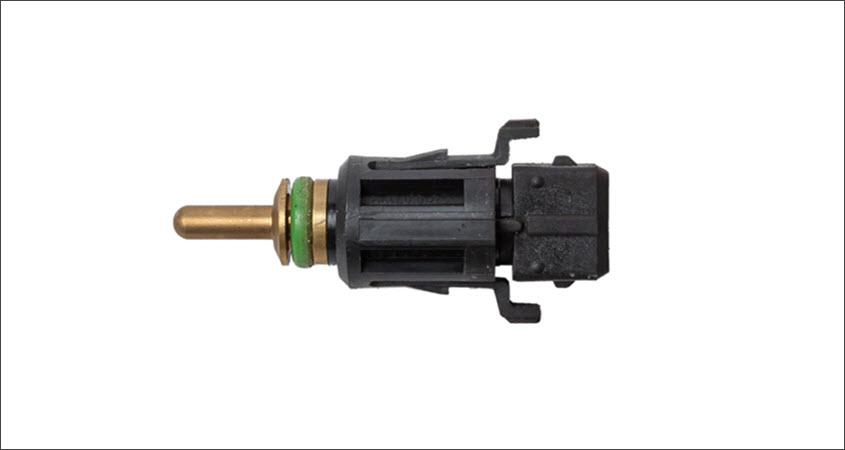
Kruse Lucas Imports
If you’re reading this, then you probably have a Volkswagen with a coolant temperature sensor failure. Don’t worry, our mechanics are here to help. Symptoms of a failing sensor include an illuminated check engine light, poor fuel economy, and erratic engine performance.
To fix the problem, our mechanics will test the sensor and replace it if necessary. In most cases, this will solve the problem and prevent further damage to your engine. If you live in or around Manteca, Oakdale, Ripon, Turlock, or Modesto, CA, give us a call today, and we’ll get your Volkswagen back on the road with affordable, quality service you can count on. Allow us to earn your business today!
 525 Tully Road
525 Tully Road (209) 529-9111
(209) 529-9111

